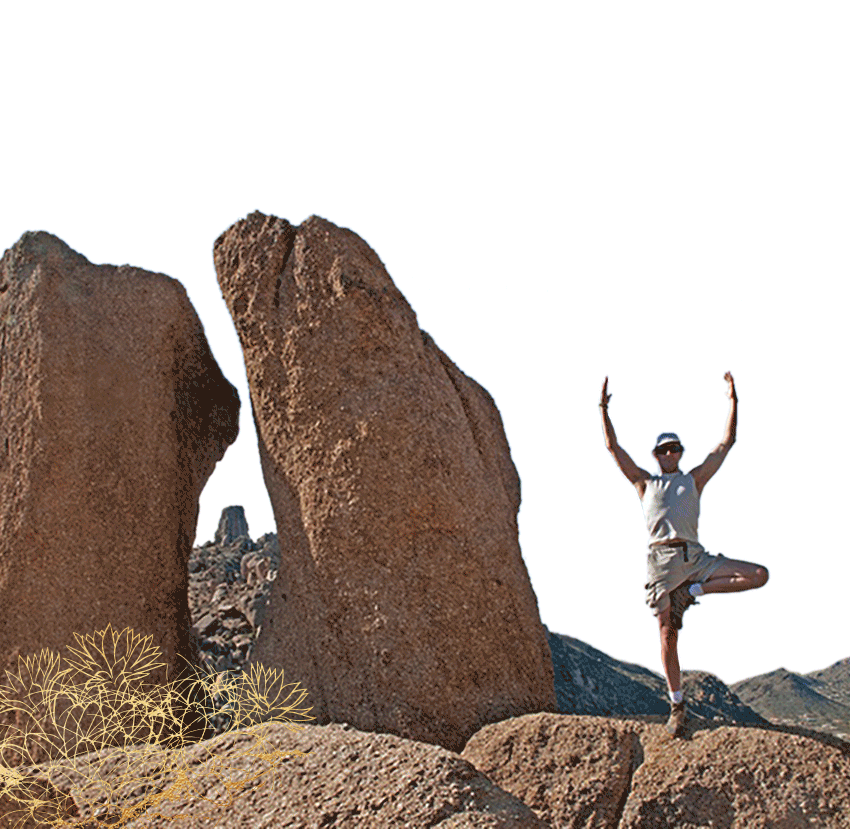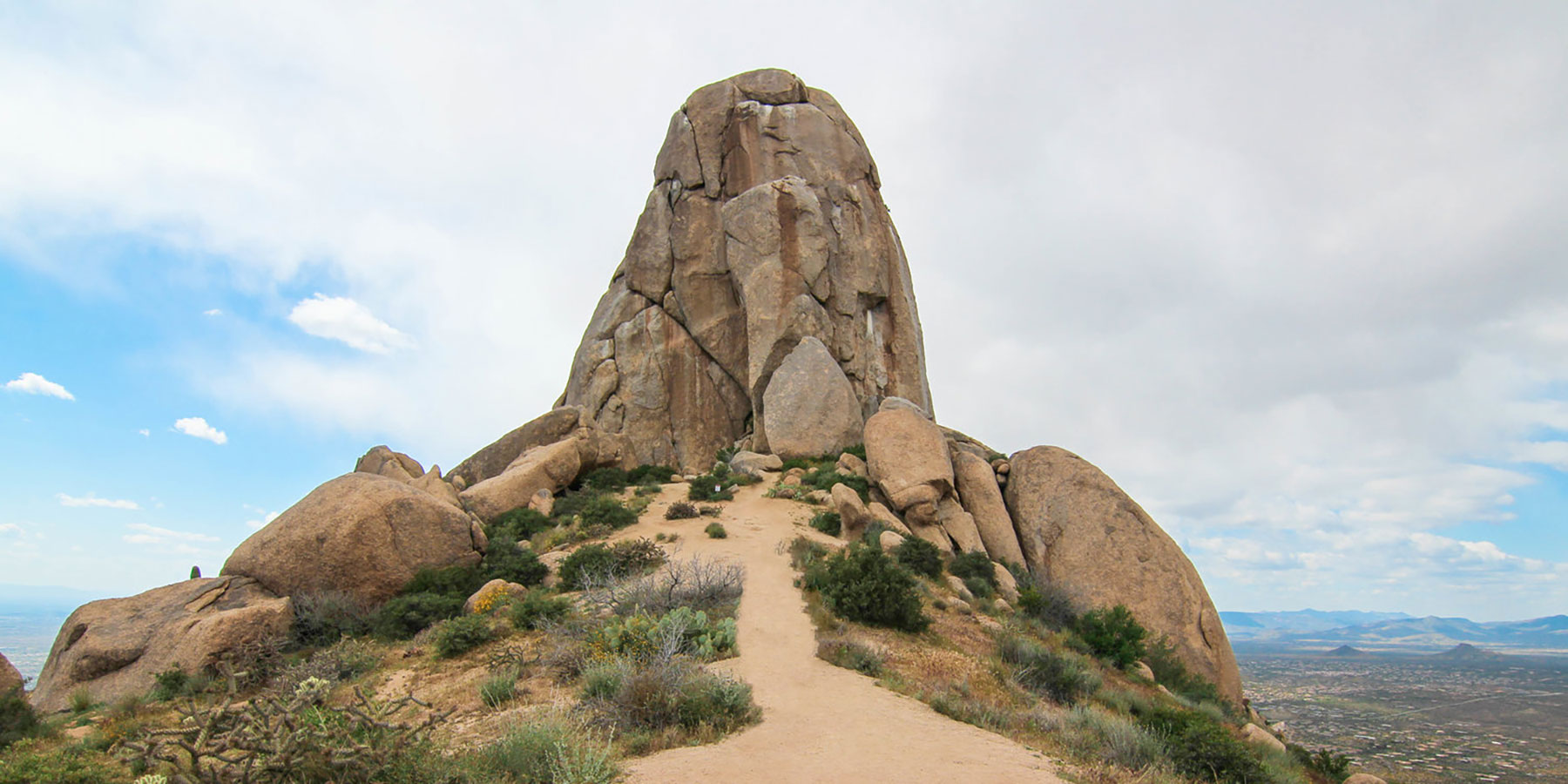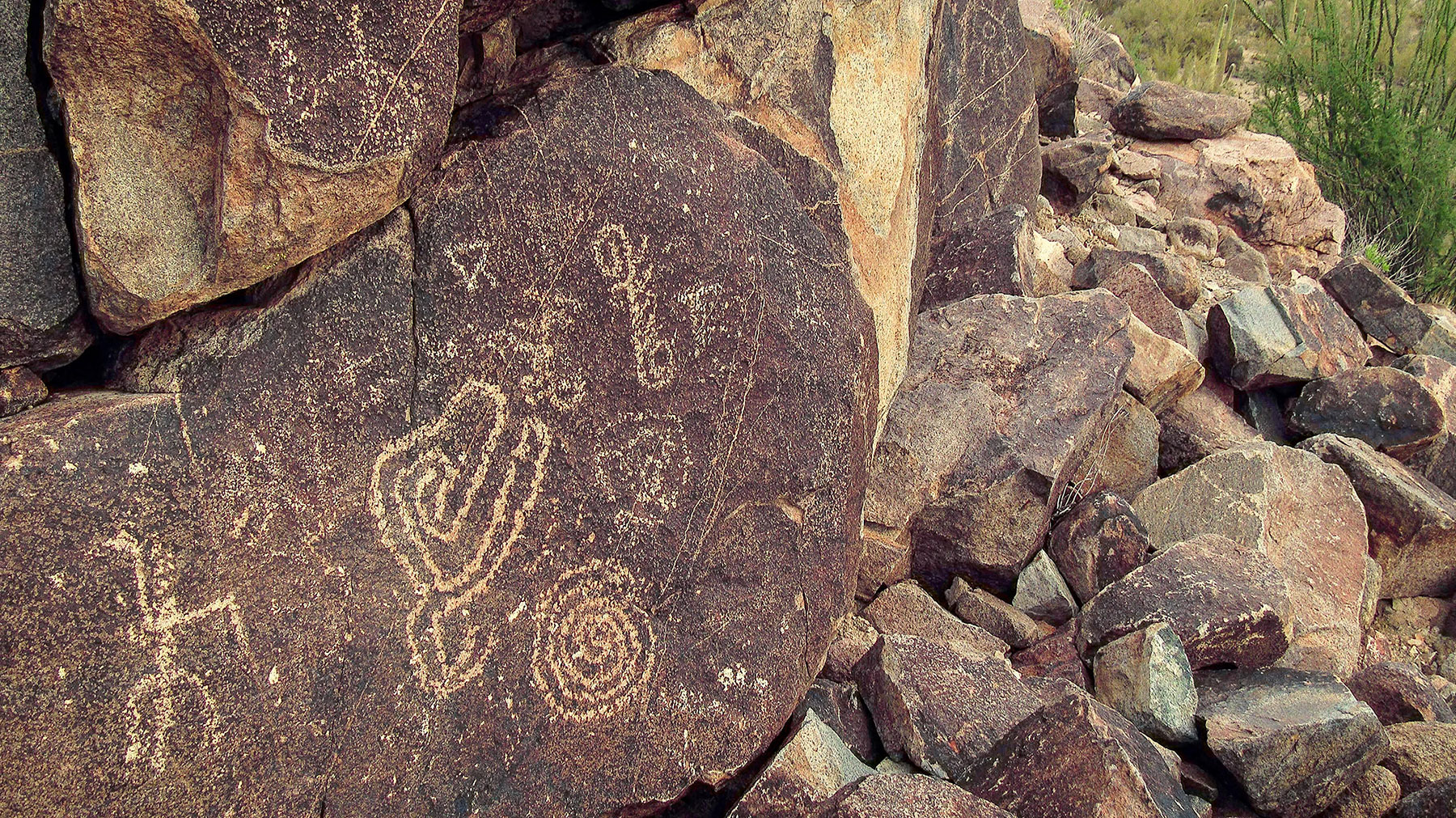Preserve
McDowell Sonoran Preserve
The McDowell Sonoran Preserve is the largest urban preserve in the U.S. It connects in the north with the three-million-acre Tonto National Forest and in the southeast with 21,000 acre McDowell Mountain Regional Park, providing an uninterrupted wildlife corridor. As a treasured state resource, it holds unique geological, historical and archeological features within a rare ecosystem and wildlife habitat. This 30,000-acre, permanently protected, sustainable desert habitat is owned by the City of Scottsdale and serves as a popular site for field institute research on issues key to understanding and preserving the Sonoran Desert. Unlike other Federal or County land, the Preserve can never be sold or built upon and will remain one of Arizona’s treasured cultural resources.
Trails
The McDowell Sonoran Preserve features 7 trailheads connecting a variety of multi-use trails that span 150+ miles. Trails vary in intensity and some allow for pets and horses. Avid sportsmen, hikers, mountain bikers, runners and rock climbers can enjoy year-round access to this incredible natural playground.
Tom’s Thumb Trailhead
*Direct access from Storyrock
Brown’s Ranch Trailhead
Fraesfield Trailhead
Gateway Trailhead
Granite Mountain Trailhead
Lost Dog Wash Trailhead
Sunrise Trailhead
Each trailhead spins off into several hiking paths and loops ranging between ½ mile to 11 miles, with most averaging 4 miles in length.
Tom's Thumb
Only a short walk from Storyrock, you’ll find Tom’s Thumb Trailhead. This 4-mile out-and-back trailhead is one of Scottsdale’s and the McDowell Sonoran Preserve’s most popular, as it allows for some of the most awe-inspiring views of the area. It’s moderate in difficulty with steep climbs for the first mile and is best explored on foot due to the challenging terrain.
Petroglyphs
Throughout the Preserve, you may encounter symbols or drawings carved into the rocks from many generations ago. Rock art in the McDowell Mountains dates back thousands of years and can reflect markings left by cowboys, homesteaders, hunters, Hohokam and Yavapai Indians, or European settlers to tell stories, serve as travel maps or indicate territory boundaries. Different styles identify distinct groups while weathering and changes in the patina can indicate the approximate age. The City of Scottsdale has records of 42 Petroglyph sites that have been identified in the Preserve and County Park, some dating as far back as 5000 BC.
Wildlife, Flora & Fauna
The Sonoran Desert is widely regarded as one of the most revered natural habitats on earth. Just beyond Storyrock’s door you’ll find an abundance of wildlife and birds – mostly nocturnal species that migrate into the area with each change of season. The Preserve is home to 380 plant species, 200 vertebrate animal species and countless invertebrates. It’s also home to six animal species listed as Species of Concern by the U.S. Fish and Wildlife Service. The variety of cactus are just as abundant as the desert flowers that brilliantly bloom each spring. More than 100 species of birds have been identified at the Preserve.
THE McDOWELL SONORAN
CONSERVANCY COMMITTMENT
Supporting the Vision
Storyrock is dedicated to living in harmony with the natural habitat that is cherished and protected by the City of Scottsdale and stewards of the McDowell Sonoran Conservancy, a public-private partnership created in 1990. The Preserve is run by and cared for by private volunteers and is focused on connecting the community to the Preserve through education, research, advocacy, partnerships and safe, respectful access. 50% of Storyrock’s acreage is dedicated to open space and natural wildlife corridors intended to soften the community’s impact on the surrounding area. It’s our goal to support organizations and institutions that educate and conserve our treasured sanctuaries for the enjoyment of visitors today and for generations to come.
Volunteering & Education Opportunities
If you love the Preserve, why not get more involved? For information about joining the McDowell Sonoran Conservancy’s Steward Team visit http://www.mcdowellsonoran.org/volunteer/become-a-volunteer/

City Sherpa
You are balanced, vivacious and serve as an endless source of inspiration and knowledge. As a regular “go-to,” your friends seek your advice on xeroscaping, keeping ground squirrels at bay and finding the best new martini bar. Part tour guide, horticulturist, stargazer and early adopter, you embrace a passion for all things natural and historic, an appreciation for new knowledge and are happy to share your experiences with others.
Imagine living in the best of both worlds – surrounded by 30,000 acres of untouched natural preserve yet a quick drive down the hill to thriving Scottsdale. The Storyrock lifestyle calls to your love of modern and ancient in your quest for life-long learning.

Desert Trailblazer
As a desert athlete, open skies and open trails are where you can be found, often way before the weekend crowds sip their first cappuccino of the day. Whether work, sport or play, it’s not worth the effort unless your stamina and grit are put to the test; each day is a challenge of your personal best in a race for excellence. With over 30,000 acres of natural preserve all around you, come see how life at Storyrock can serve as your backyard training grounds – and help you set new heights.

Deliberate Dreamer
You live a life of purposeful reflection – which means your surroundings are key to supporting your mood, insights and inspiration. Serenity and privacy recharge your batteries each day and you seek the space, place and pace that allows you to do your best creative work, in harmony with your values and personal growth. With 360-degree views of the McDowell Mountains and natural preserved land surrounding you each day, come see how Storyrock can be the living sanctuary you seek for the lifestyle balance you love.


